SUMMARY
This is AI generated summarization, which may have errors. For context, always refer to the full article.
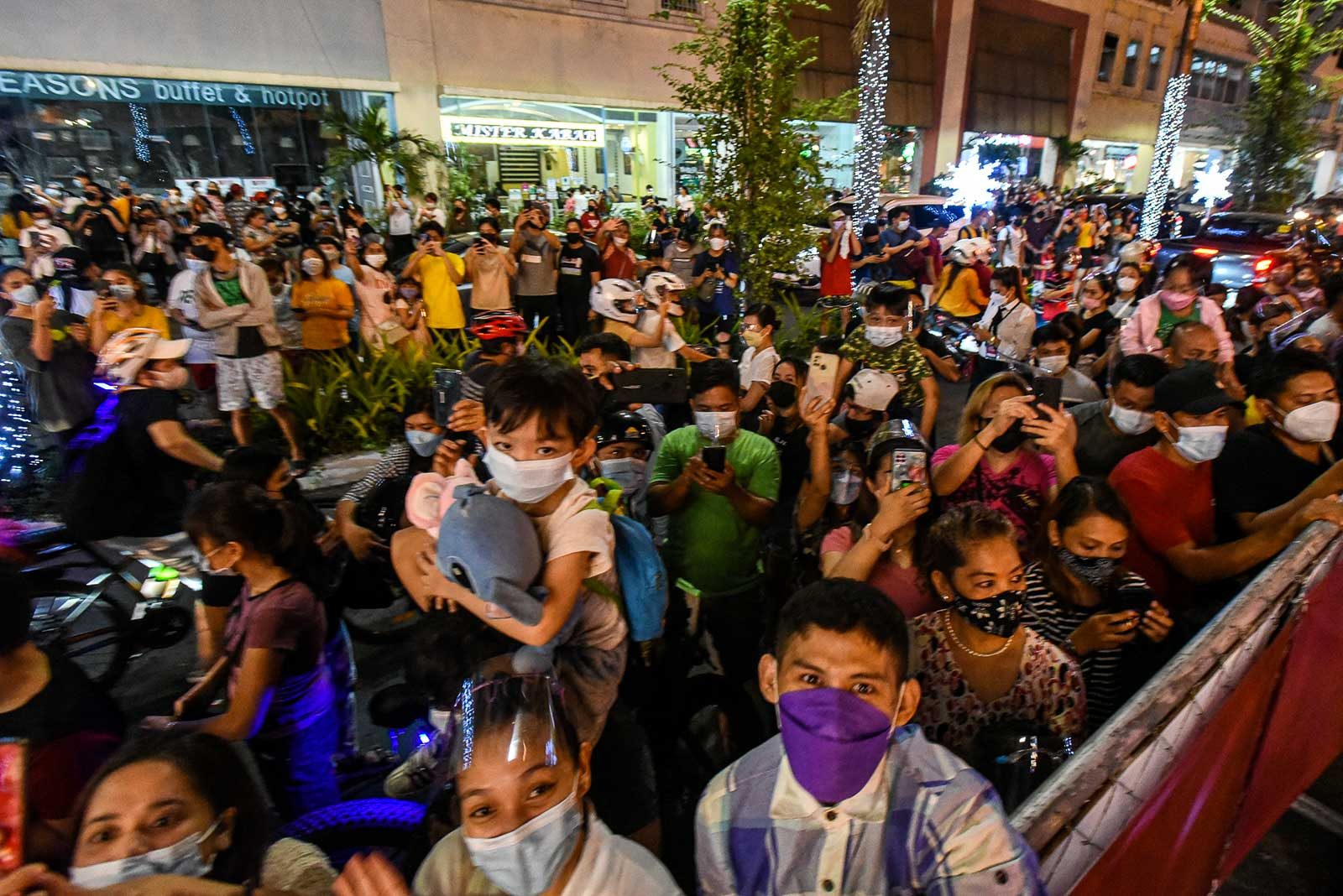
The Philippines’ closes 2021 with lower case numbers and hospitalizations, placing the country at minimal risk for COVID-19. In terms of areas to watch, health officials are looking closely at Olongapo City, Aklan, Iligan City, Camiguin, and Tawi-Tawi after they recently registered a slight uptick in cases.
The country also counted one more Omicron case in a 36-year-old male returning overseas Filipino worker, bringing the current count to three.
Here’s what we’re watching this week of December 20, 2021:
Omicron developments
New data is providing a clearer picture of Omicron’s spread, severity, and effect on vaccines, hinting at unprecedented transmissibility and a steep challenge ahead for countries. Scientists continue to learn more about the dynamics of Omicron, but we know enough at this point to act.
- In just a matter of weeks since coming into the global scene, Omicron has been detected in 106 countries and counting. Evidence continues to indicate that Omicron has a growth advantage over the Delta, even in countries with high levels of immunity.
- This was seen across several countries, including the United States, where Omicron now accounted for 73% of new cases less than three weeks after it detected its first case.
- The Atlantic reported that the incubation period for symptoms to kick in after exposure for Omicron may be as little as three days. This could make the virus much harder to control. Read more in this story.
- The World Health Organization (WHO) said it was still unclear to what extent Omicron’s rapid growth rate could be attributed to its inherent transmissibility, its ability to evade immunity from past infection or vaccination, or both.
- A study by Imperial College London suggested that the risk of reinfection with Omicron was more than five times higher, while the variant did not appear to be milder than Delta. Findings were based on data from England’s Health Security Agency and National Health Service. It has yet to be peer-reviewed.
- Former chair of the UK Vaccine Task Force Dr. Clive Dix cautioned against over-interpreting the data: “The conclusions made are based on making assumptions about Omicron where we still don’t have sufficient data…. For example, we have no data on the cellular immune response which is now probably driving effectiveness of vaccines. This is a crucial missing assumption in the modeling.”
- If Omicron’s characteristics hold out, the variant can exploit weaknesses in the Philippines’ pandemic response, like limited access to tests, fragmented contact tracing, and millions who have yet to get vaccinated or receive a booster shot.
- Earlier in 2021, we spoke to experts who offered doable solutions on how the government could address these gaps in its response. Each of the 10 items they listed still hold true:
Boost sooner
Health officials moved up the eligibility for booster shots from six months to three months for people vaccinated with a two-dose shot, and two months for those given the Johnson & Johnson vaccine. The shorter interval minimizes risks associated with a longer gap in light of the threat posed by Omicron.
- With Omicron’s eroding some of the protection against infection offered by vaccines, experts say a booster dose is now necessary to rev up one’s defenses.
- This is especially true in the case of the elderly and high-risk populations who had been identified as needing boosters to reinforce their protection against severe illness and death, even before Omicron’s arrival.
- Before this, the six-month interval saw millions of Filipinos who received two shots significantly less protected against Omicron, but having no choice but to wait until six months lapsed to get their booster.
- The decision of the Philippines to shorten the interval for boosters will allow millions of Filipinos to shore up their defenses as the holiday season is in full swing.
Novavax on its way
Novavax recently received emergency approval from European regulators and the WHO, paving the way for a next-generation vaccine to become available to more countries across the world.
- One more shot will mean additional supplies of vaccine doses in 2022, when demand is expected to ramp up even further with booster and child vaccination campaigns. The company has about eight manufacturing locations, including those of the Serum Institute of India, the world’s biggest vaccine maker.
- A new vaccine could bring forward vaccinations for those who may be hesitant to receive mRNA shots like Pfizer’s and Moderna’s or were worried about their side effects.
- Novavax uses a protein sub-unit platform which had been deployed in the past for hepatitis and influenza. It’s also easier to store and manufacture, making it especially useful for developing countries.
- But there is still little data on how the vaccine may perform against Omicron.
Holiday safety
While Omicron continues to bring uncertainty over the next phase of the pandemic, health experts say current response measures still work – and are important as ever to keeping the virus at bay. There’s no better time to observe these than the holiday season, when million of Filipinos venture out into public spaces and mingle in homes.
- While cases have decreased, improving case trends should not translate to letting our guard down, the Department of Health said.
- Even before Omicron’s emergence, countries that saw an uptick in cases after reopening had dropped health protocols like mask wearing. Health officials urged the public to keep masks up, maintain distance, and minimize visits to close, crowded, and close-contact settings.
- Rappler put together a guide on what experts would and wouldn’t do this holiday season in this story:
Before you go: While the health crisis isn’t over, we can take stock of how far we’ve come since March 2020. Rappler put together 8 takeaways in the Philippines’ vaccination campaign, the largest public activity the government has mounted in history and a pillar of the pandemic response.
This will be our last edition of COVID-19 Weekly Watch this year. We will be back again on January 10, 2022. – Rappler.com
Add a comment
How does this make you feel?
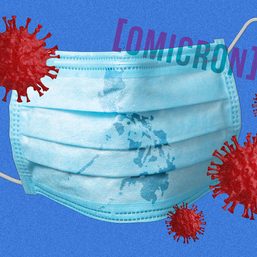
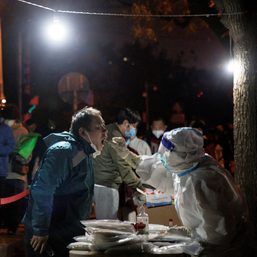
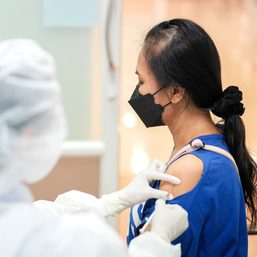
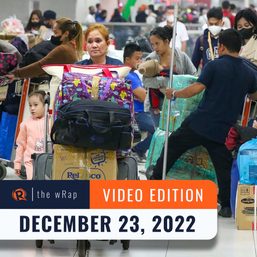
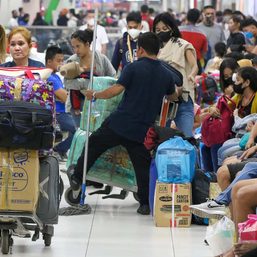
There are no comments yet. Add your comment to start the conversation.